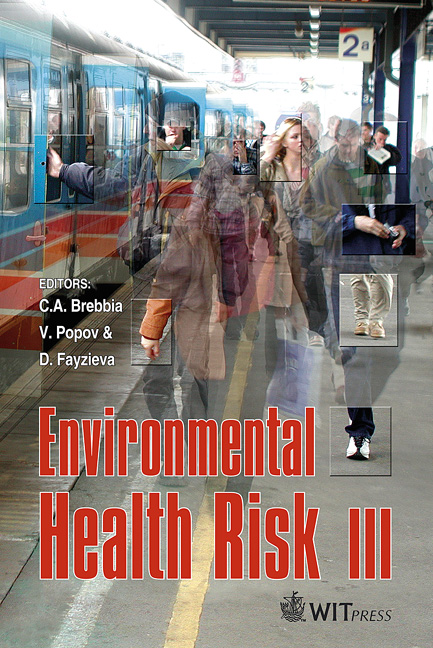Human Exposure Of Methyl Mercury Through Fish Consumption: A Lake Ontario Case Study
Price
Free (open access)
Transaction
Volume
9
Pages
10
Published
2005
Size
301 kb
Paper DOI
10.2495/EHR050271
Copyright
WIT Press
Author(s)
G. K. Luk
Abstract
The consumption of fish accounts for the most significant source of MeHg accumulation in human. The rate of mercury accumulation depends on many factors, including the amount, size, type and frequency of fish consumed, as well as the contamination levels of the aquatic habitat. The ability to accurately predict the human exposure of mercury through fish consumption is very critical for drawing public consumption guidelines. This paper describes the development of an innovative method for the estimation of human exposure of mercury through mathematical modelling. The paper provides a practicable mathematical tool for estimating the human mercury exposure through fish consumption, by a combination of fish mercury bioaccumulation models with surveyed information of fish-eating habit. The efficacy of the model is demonstrated through application to some common Lake Ontario fish species. Keywords: methyl mercury, human exposure, fish, bioaccumulation, diet, concentration, fish consumption, mathematical models. 1 Introduction Mercury and its compounds are widely distributed in the environment. Mercury occurs naturally in the environment as mercuric sulphide, from the degassing of the earth’s crust through volcanic gases and the weathering of rock in mountains [17]. It has desirable properties such as the ability to alloy with most metals, liquidity at room temperature, electrical conductivity, and the ease of vaporizing and freezing, making mercury an important industrial metal. As a result, mercury has over 3,000 industrial applications, including gold-mining, electrical equipment, chloralkali, paint, fungicide, military, medicine, and dentistry [16].
Keywords
methyl mercury, human exposure, fish, bioaccumulation, diet, concentration, fish consumption, mathematical models.





